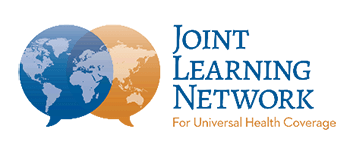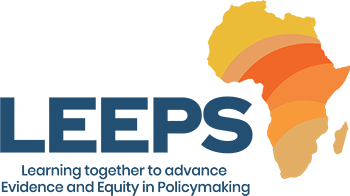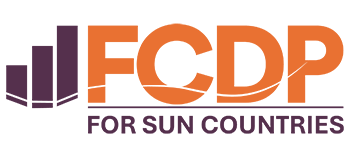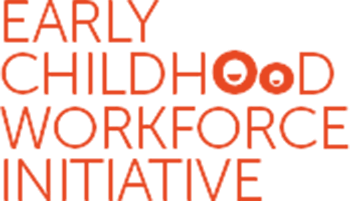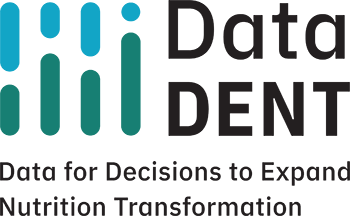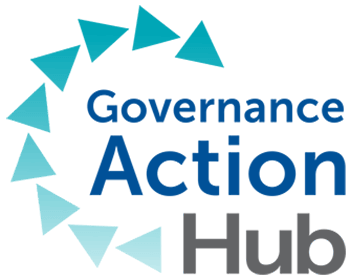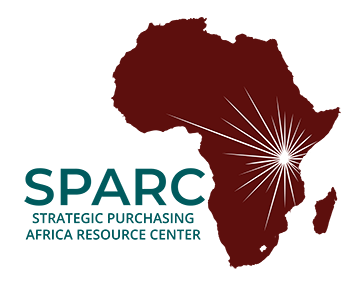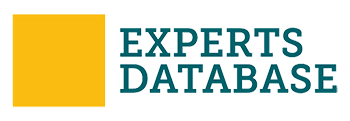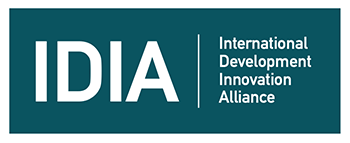R4D’s top stories of 2023: Insights, trends and more
In 2023, R4D shared stories of innovation, impact, challenges, lessons learned — and where we see the global development field heading. As we look back over the last year, we’re sharing the posts that generated the most buzz. Trending topics included community health, education technology, universal health coverage and sustainable nutrition financing. Discover which stories our readers found most impactful. And leave a comment to let us know what topics you want to hear more about in the future!
The 5 most read R4D blogs of 2023
1. 3 Challenges affecting community-based health insurance in Ethiopia
Ethiopia’s community-based health insurance program, first implemented in 2011, has led to increased use of health services — but a series of challenges have hindered its progress. Learn what obstacles Ethiopia has faced and how the country is continuing to work toward improving access to care and reducing financial barriers with support from R4D. Read more.
2. A 15-year journey: What we’ve learned, where we’re going
In 2023, we celebrated R4D’s 15th anniversary. In this blog, R4D President and CEO Gina Lagomarsino reflects on the organization’s beginnings and raison d’être, its successes and its setbacks, what we’ve learned about doing development differently and where we’re headed next. Read more.
3. Addressing health system fragmentation to improve efficiency in universal health coverage
Health programs targeting specific diseases like HIV/AIDS or malaria contribute to improved health outcomes — but they also have unintended consequences. Maintaining multiple discrete health programs with parallel service delivery, supply chains and financing is at odds with the goal of improving health equity, quality and efficiency. Discover how three countries are addressing fragmentation to strengthen their health systems with R4D’s support. Read more.
4. Q&A: A conversation between two fantastic female leaders at R4D
In this blog, Dr. Maame Amo-Addae and Dr. Linda Vanotoo share their experiences working within Ghana’s health system — and now working for R4D as advisors to strengthen that same health system (alongside their work on many other topics). The two women, who have known each other for 20 years, open up about the challenges and opportunities they foresee as they each step into new leadership positions. Read more.
5. How the Philippines integrated malnutrition management into its health system
The Philippines has made significant progress toward reducing wasting, the most severe form of malnutrition in children. In fact, at the current rate of progress, the country is on track to meet the Sustainable Development Goal of <3% wasting prevalence by 2030. Learn how the country did it, in part by integrating wasting services into the national health system. Read more.
Most downloaded resource
Tracking aid for the WHA nutrition targets: Progress toward the global nutrition goals between 2015 to 2021 (updated in 2023)
R4D has been tracking donor funding for vital nutrition interventions since 2015. Our latest update shows that nutrition funding is declining, despite an escalating need. R4D’s report examines the widening funding gap and outlines six urgent actions for the global community. Read more.
Hottest news story
A new resource: How to develop a national EdTech strategy
Education leaders are increasingly moving toward a digital transformation. Many are calling for support on how to integrate education technology systemically at the national level. In response, EdTech Hub — a research-to-practice program led by R4D and partners — developed practical guidance on how to design, implement and evaluate EdTech strategies on a national scale. Read more.
Most popular social media post
8 community health trends that are advancing universal health care
On Universal Health Coverage (UHC) Day, R4D highlighted the critical role of community health workers — unsung heroes who are integral to achieving universal health coverage — as well as some trends we’re seeing with the potential to drastically improve the community health landscape. See the LinkedIn post.


